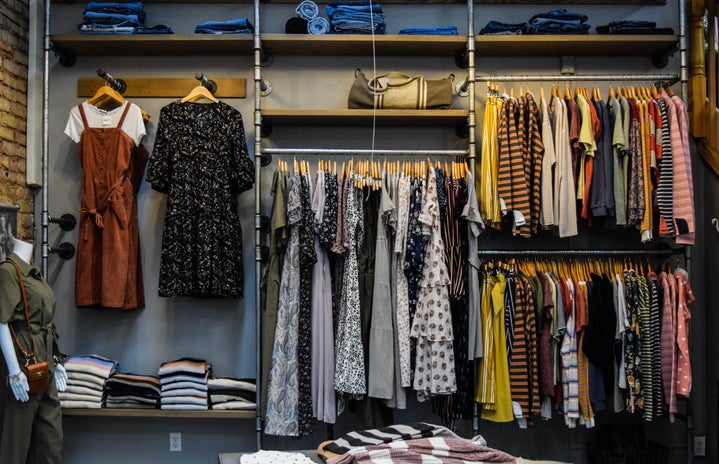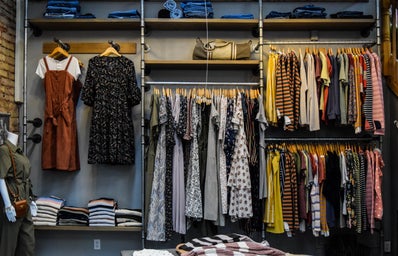The natural hair movement has been around for decades, making its debut in the 60’s. Likewise, it has been resurfacing in the last few years as celebrities and other socialites have been embracing their African roots. One does not simply “go natural”; the phrase instead encompasses the process of returning to your natural state. Though there is much debate within the natural hair community, “going natural” merely implies cutting relaxers, chemical straighteners and any other texture-altering products from one’s hair regime. The journey begins with a choice: choosing between the “big chop” or “transitioning”. The former results in the act of cutting off all relaxed hair and the latter opt to allow natural to grow while occasionally trimming the relaxed ends. This is not to say that there haven’t been women of color as life-long naturalistas, nor is it to say that recent representation is merely a fad and a mechanism used to secure endorsements and capitalistic means. However, this recent resurgence highlights recurring controversies within natural hair communities of the past, which include texture discrimination, as well as any other negative connotation attributed to the aesthetic as far as presentation and professionalism.
As an everyday naturalista, how does one maintain their natural hair without the clout of a million followers and a personal glam squad? Better yet, how can one keep his or her head held high when the natural-hair-gods and society seem to be working against you? In addition to your everyday styling woes, the natural hair world continues to experience subjugation and mistreatment.
Regardless of what is depicted on television, naturalistas must remember that one’s hair is unique. With that said, no one will ever have your texture and vice versa. Learn to accept your grade of hair, and OWN IT. If you know anything about hair-typing, you understand that loose, curly textures are classified as type 3 textures; tighter, kinkier coils are defined as type 4. Cross-culturally, we can identify terms used to degrade and devalue kinkier hair textures: nappy and pelo malo. It is also no secret that looser hair textures are romanticized; they receive more representation across all mediums of communication, have a vast assortment of products, and greater accessibility to said products. In fact, in Perris, California Walmart was recently sued because its ethnic hair care section was severely limited and protected with lock and key; whereas, the rest of the hair care products were abundant and out in the open. The initial underlying implication is that African Americans, in this case, are thieves. This comes as no surprise considering that across the nation, ethnic hair care aisles are more likely to be under heavy surveillance. This assertion is not only inherently racist and discriminatory towards black people but also perpetuates ideas far beyond social hierarchies constructed by beauty standards.
Society imposes other stereotypes on natural hair gurus that assert a certain narrative of resistance, one that perhaps may not even exist. The early days of the natural hair movement are perhaps better indicators of symbolism and resistance during the time period in question. The 60’s and 70’s were decades of extremely severe racial tensions. During the aftermath of integration, a period dictated by high levels of white supremacy, anything viewed as the “other” or the “irregular” was rebellion. In the past, the natural hair aesthetic was seen as outright opposition and a threat to the nation; however, disapproval of this aesthetic continues to be wide-spread in “elite” spaces even today. This style equates to implicit opposition to the status quo and to the respectability politics imposed on people of African descent. Be it in South Africa, the States or Latin America, young black girls around the world are being suspended from school and black women are denied jobs because of their hair. If it is just hair, why is it externally considered as a direct reflection of one’s character?
In today’s racially-charged climate, we still see generalizations regarding members associated with the movement, whether it be Afrocentricity, rebelliousness, or unprofessionalism. Is it intentional? Surely there is no right answer because one certainly cannot speak for the group; however, is this a question that deserves an answer? Or better yet, must society continue to think so hard about black hair presentation? To be natural in the world that we live in today, may require a heightened level of self-awareness, but also an awareness of the social implications associated with being comfortable in your own skin. For some, to be natural is to acquire a certain sense of self that is untarnishable by any other outside entity, but for others, it is to merely exist as they are without much thought. Regardless of the reason, freedom of expression only counts if it applies to us all. Having natural hair, at times, warrants the unsolicited touch of strangers. The magnitude of your mane defies gravity will occasionally solicit unwanted stares. With this in mind, you must also prepare yourself for the number of times you will be asked, “Can I touch your hair?” or handle unwelcome hands meddling around in your curls. You have the right to say no and you owe no one agency to your body.
Whether you are newly natural or a curly-haired veteran, you must learn to love your tresses and disregard any negativity that may deem your curls as a distraction in the workplace or the academic setting. You must come to terms with the fact that, globally, women are suspended, chastised, and reprimanded for merely existing in their natural state, and refusing to conform to European beauty standards. You must define yourself, based on who you really are, and remember that you owe explanations to no one.
Photos by MISSELANEY.TUMLBER.COM & @EAFRNS

